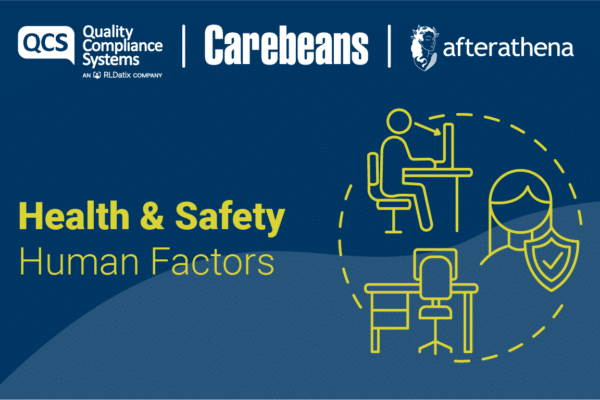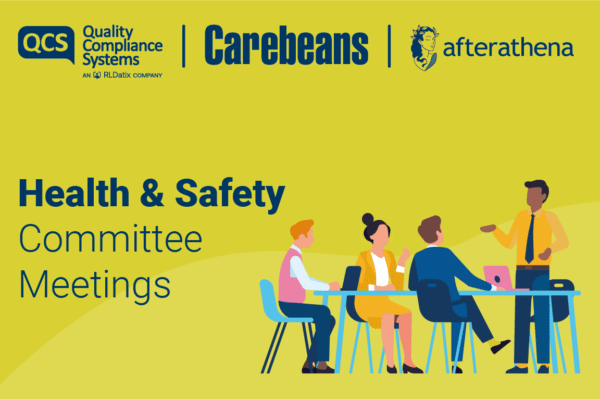First aid is a requirement in all work environments, and its initial objective is to preserve life and then to ensure the continuation of life. A person can suffer a heart attack or stroke or other serious life threatening illness whilst at work. Workers may have conditions or disease and choose to continue working whilst in a remission stage when they feel capable and want to continue working in their job. Incidents can also occur at work causing injuries to workers where first aid is the first response.
The type of first aid provision is dependent upon the work environment: an office environment, which is low risk, will require very basic provisions whereas a healthcare environment such as a care home will require more complex provisions.
Legal requirements of first aid
The Health and Safety (First-Aid) Regulations 1981 requires employers to provide adequate first-aid equipment, facilities and competent first aid personnel, also providing information about first-aid arrangements to their employees. This can be done through visual displays of where first aid equipment is located, and details on first aid provision in the work environment should be communicated to all workers during induction.
First aid training
A worker nominated to be a first aider must have suitable instruction, information and training to be a competent first aider. There are different types of first aid training that can be undertaken: a basic one day course or up to a three day course can be attended. There are many different providers of first aid training and the employer will needs to assess which training will be required, and this can be achieved creating a first aid risk assessment.
The first aid risk assessment
The employer will need to develop a first aid risk assessment to assess what the first aid requirements are for the business. The different areas to assess are:
- The type of the work environment
- The number of workers in the work environment
- The visitors and any vulnerable persons entering the workplace
- Any specific requirements such as workers having illness and conditions that may have an impact on the worker or colleagues such as diabetes, stoke and epilepsy
- The size and capacity of the building such as different floor levels
- Different shifts such as weekends, night cover and annual leave cover
- The type of work equipment used in the work equipment
Further consideration must be taken if the work environment is a care home or other health care facility to ensure suitable coverage.
The first-aid box
In a low risk work environment it is usual to find a first aid box on each floor displayed in a suitable prominent position with signage. There is no mandatory requirement for first aid box contents but as a guide, a minimum stock of first-aid items could include the following:
- Non latex disposable gloves
- Information such as a leaflet giving general guidance on first aid
- Large and medium-sized, individually wrapped, sterile, un-medicated wound dressings
- Safety pins
- Sterile eye pads
- Sterile plasters (of assorted sizes)
- Individually wrapped triangular bandages, preferably sterile
- Eye wash
Medication will not be found in a first aid box
Review and update
The first aid risk assessment must be reviewed and updated at planned intervals, and where there are significant changes within the workplace premises.
QCS Heath & Safety policies
QCS have guidance and policies to support your service in meeting the requirements of health and safety.
Sally Beck RGN, BSc (Hons), MSc, CMIOSH – QCS Expert Health and Safety Contributor






